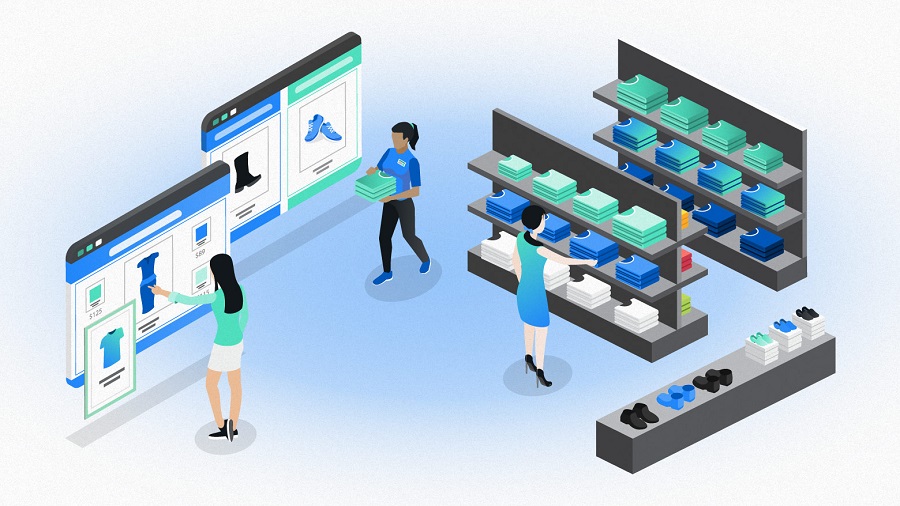Assortment planning is a critical aspect of retail and product management, ensuring the right mix of products aligns with consumer demand and business goals. Modern tools, such as visual boards, play a transformative role in this process, enabling teams to conceptualize, organize, and adjust product assortments with clarity and precision. By offering a visual and interactive platform, these tools facilitate more informed decision-making, faster collaboration, and better alignment with market trends.
Assortment planning directly impacts sales performance, customer satisfaction, and inventory efficiency. The process involves selecting the right combination of products, pricing strategies, and seasonal adjustments to meet consumer needs while maximizing profitability. Traditional methods often relied on spreadsheets and static data, which limited adaptability and visibility across teams. This is where visual tools revolutionize the process by making planning more dynamic and accessible.
Key Benefits of Using Visual Boards
- Enhanced Visualization
Visual boards allow retailers and product managers to see their assortment plans in a graphical format, making it easier to spot trends, gaps, and overlaps. Teams can analyze product categories, color schemes, sizes, and price ranges at a glance, fostering a deeper understanding of the assortment’s overall balance. - Improved Collaboration
In an increasingly globalized business environment, collaboration between departments and regions is vital. Visual boards provide a centralized platform where teams can collaborate in real-time, share feedback, and make adjustments without the delays often associated with traditional planning tools. - Real-Time Adjustments
Market conditions can change rapidly, and assortment plans need to keep pace. Visual tools allow businesses to modify plans instantly, whether it’s responding to supply chain disruptions, new consumer trends, or unexpected sales data.
Use Cases in Assortment Planning
Visual boards are particularly useful in industries with fast-changing trends, such as fashion, consumer electronics, and home goods. For instance:
- Seasonal Planning
Retailers can use visual boards to plan seasonal collections, ensuring the right mix of products for each time of year. By simulating displays or shelves digitally, they can identify which combinations will attract customers most effectively. - Data-Driven Decision Making
By integrating real-time sales data, businesses can visualize which products perform well and adjust their assortments accordingly. This minimizes the risk of overstocking or understocking. - Regional Customization
Different regions may have varying demands based on cultural preferences or climate. Visual boards help businesses tailor their assortments for specific markets while maintaining a cohesive brand identity.
What’s Next?
As artificial intelligence and machine learning technologies evolve, visual tools are expected to become even more powerful. Predictive analytics, integrated with visual boards, can provide deeper insights into customer behavior and emerging trends. This will enable businesses to anticipate demand more accurately and plan assortments that align with future market shifts.
Optimizing assortment planning is essential for retail success, and tools like visual boards have become indispensable in achieving this goal. By improving visualization, collaboration, and adaptability, these tools empower businesses to make smarter, faster decisions. As the retail landscape continues to evolve, embracing innovative technologies like visual boards will be key to staying competitive and meeting customer expectations effectively.
















